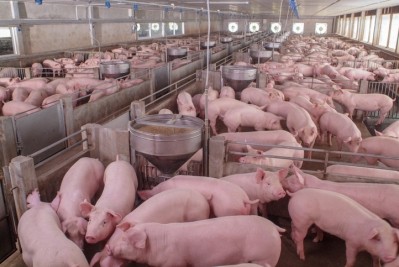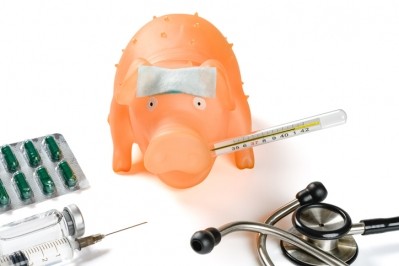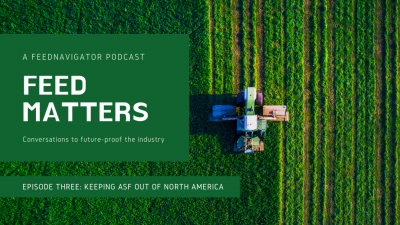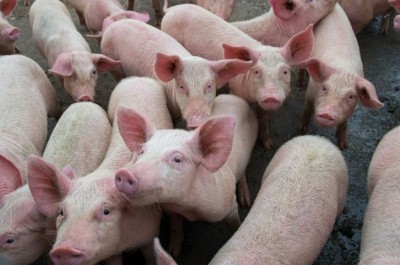US: Commercial shipping demonstration project confirms viral survival in feed
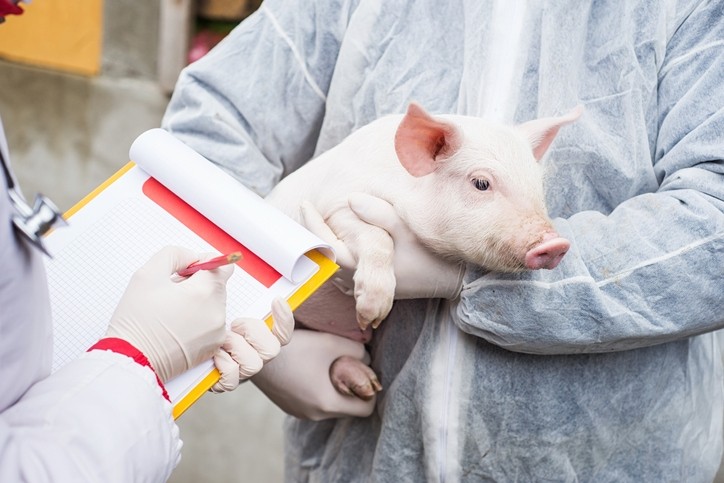
Dr Scott Dee and his team at Pipestone Applied Research have been studying the risk of virus movement in feed. Previous research undertaken in the lab showed the survivability of porcine epidemic diarrhea virus (PEDV) in feed as the vehicle for transmission and transport.
The latest study confirms that the findings discovered in the laboratory can be reproduced in real-world conditions. The project confirmed lab results showing soy-based products being supportive of viruses; both organic and inorganic soybean meal were included, and all viruses lived well in each.
Commercial shipping demonstration
The project, funded by the US Swine Health Information Center (SHIC), saw feed spiked with viruses loaded in containers on a truck and driven all around the US.
The trip lasted 21 days, involved 107 hours of transport, and crossed 14 states, covering approximately 6000 miles. From Minneapolis to Iowa to Colorado to Texas, across the southern coast, up the eastern seaboard, and back to the Midwest, the trip exposed the virus-spiked feed to mountainous, western, gulf coast, eastern, and New England environments as well as Midwestern.
Upon the truck’s return to Minnesota, the feed samples were tested.
The team said the study confirmed the ability of viable porcine reproductive and respiratory virus (PRRSV), Senecavirus A (SVA), and PEDV to be transmitted in the soy products. SVA was found in every feed ingredient being evaluated.
Dr Dee noted this reflected what had been seen previously in the lab, that SVA – a surrogate of food-and-mouth disease – survives and is stable in feed ingredients.
The results for PEDV and PRRS showed they survived in feed as well.
Proof-of-concept
The prompt for this latest project was that Dr Dee had noted a need, particularly from producers and governmental agencies, for more information beyond a lab setting. “We wanted to expose the viruses to as many environments as possible in the continental US,” he explained. “This was like an actual commercial journey.”
The team said samples were very well contained in boxes securely loaded in the trailer without risk for spills. There was no other cargo in the trailer and the only stops made were for fuel and overnight rest. “We wanted to protect the sanctity of agriculture,” Dr Dee said. “These were not foreign animal diseases. We talked to the Board of Animal Health director and the USDA. If we were managing the demonstration as described, they were perfectly fine with it.”
The amount of feed in this demonstration was small – just 30 grams per test. The team said this fact allowed for the entire quantity of feed to be tested at the conclusion of the journey so there were no false negatives.
Larger scale study due
Because this was a proof-of-concept project, a larger scale demonstration is next on the agenda:
“We’re going to do this whole thing again in November, using one-ton totes of organic and inorganic soybean meal,” he said. “We will get away from the 30 grams amount and into a representative volume.”
“When these ingredients return, sample testing will be completed. The same route, viruses, and feed products will be used.”
He anticipates the results will provide even more evidence that viruses can live in feed under a commercial shipping event.
